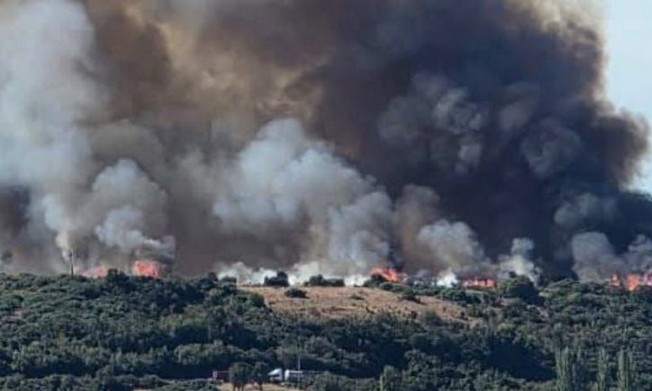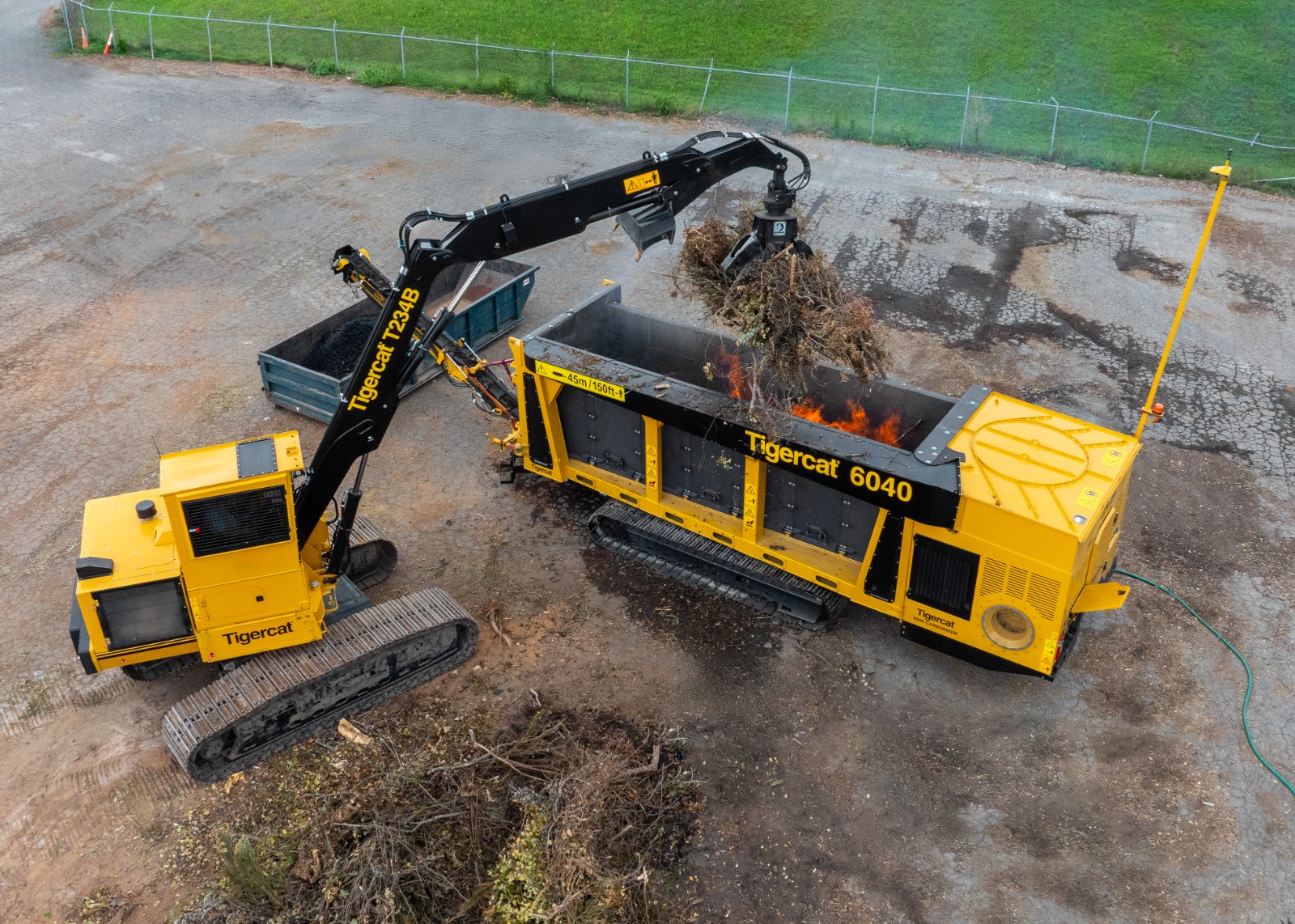In 1981, the forest typology of Chile's native forests was developed by Claudio Donoso Zegers, an academic from the Faculty of Forest Sciences and Natural Resources at UACh. The result of this legal framework includes 12 forest types that define native forests from their northern distribution in the Coquimbo Region to the southernmost tip, based on differences in geographic distribution, structure, and dynamics. For each forest type, silvicultural methods are also proposed depending on their characteristics. Now, 45 years later, another UACh academic is leading the effort to update this work in accordance with the Native Forest Law and under CONAF's mandate.
The task falls to Professor Pablo Donoso Hiriart, an academic from the Institute of Forests and Society, who is working on this update alongside a team composed of Dr. Celso Navarro and Dr. Álvaro Promis from the Universidad Católica de Temuco.
Dr. Donoso explained why this update has taken so long to implement. "One reason is that the original work was extremely robust and solid. But, of course, after 45 years, there is a wealth of new knowledge regarding the ecology, dynamics, and, in some cases, silviculture of native forests, which justifies reviewing and potentially updating the forest types."
Guiding Forest Management
Forest types group together forests that are particularly similar in terms of their dominant species in the upper strata, which occurs because these species share similar climate and/or soil requirements. Their purpose is to classify forests with an emphasis on management, particularly harvesting and regeneration methods, or silvicultural techniques. In other words, updating forest types is key to promoting proper native forest management—a crucial aspect for generating goods and services from these ecosystems.
Regarding this work, Donoso noted, "An important point to highlight is that the forest typology must remain simple, as forest types exist to facilitate forest management. This effort stems from the need to keep the system straightforward and from the strength of the initial work carried out in the 1980s by UACh Professor Emeritus Claudio Donoso Z."
"In addition to this reclassification of forest types, silvicultural methods—also called harvesting and regeneration methods—will be provided. This will create greater certainty in linking each forest type to its corresponding silvicultural method," he added.
This preliminary proposal is in its final stage and will progress toward new forest types, but it must still undergo approval by experts in native forest management as well as forestry sector authorities.
As part of this effort, workshops and activities have been held to gather input from stakeholders and discuss different perspectives. A similar session will take place next week with a group of specialists to refine the proposal accordingly. It is, therefore, a systematic process that, starting from the researchers' initial proposal, has incorporated diverse viewpoints to produce a thoroughly validated outcome.
Currently, Chile's forest types consist of 12 categories: four dominated by conifers, five by Nothofagus, two by broadleaf evergreen species (sclerophyllous and evergreen), and one by the Chilean palm:
Alerce (Fitzroya cupressoides)
Araucaria (Araucaria araucana)
Cordillera Cypress (Austrocedrus chilensis)
Guaitecas Cypress (Pilgerodendron uvifera)
Magellan's Coigüe (Nothofagus betuloides)
Coigüe-Raulí-Tepa (Nothofagus dombeyi, Nothofagus alpina, Laurelia philippiana)
Lenga (Nothofagus pumilio)
Roble-Raulí-Coigüe (Nothofagus obliqua, Nothofagus alpina, Nothofagus dombeyi)
Roble-Hualo (Nothofagus obliqua, Nothofagus glauca)
Evergreen
Sclerophyllous
Chilean Palm (Jubaea chilensis)
Source:terram.cl







Comments (0)
No hay comentarios aún. ¡Sé el primero en comentar!
Deja un comentario